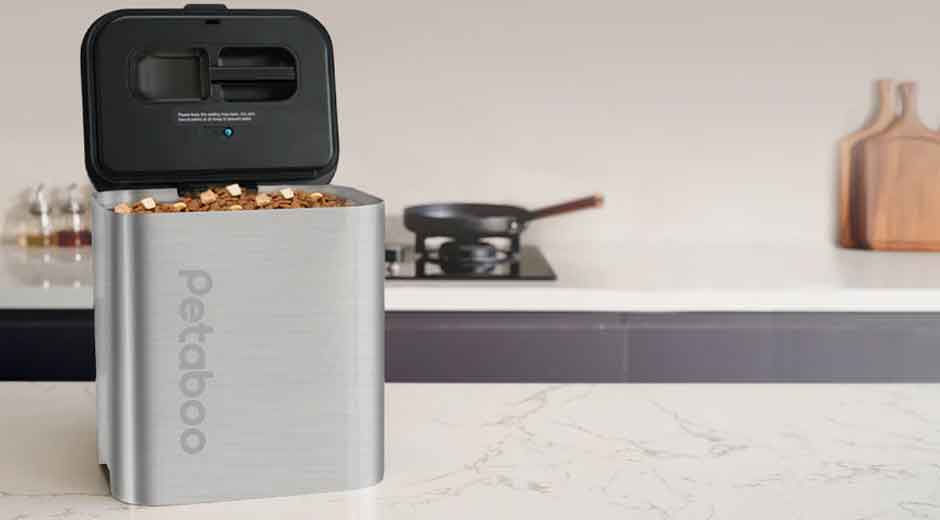How to Bleed a Radiator the Right Way

Maintaining a comfortable home environment during the chilly months is essential, and ensuring your central heating system works efficiently is a key part of this. One crucial task often overlooked in household maintenance is the bleeding of radiators. If you’ve found yourself Googling how to bleed a radiator , look no further. This comprehensive guide will take you through the process step-by-step, ensuring that your radiators heat up efficiently and keep your home warm and cosy throughout the winter season.
Radiators can become noisy and less effective over time due to the accumulation of air bubbles within the system. This trapped air prevents hot water from circulating correctly, leading to cold spots on the radiator. Bleeding your radiators removes this trapped air and restores your heating system’s efficiency.
What You Will Need
Before you start, gather the necessary tools: a radiator key, a cloth or small towel, and optionally, a bowl to catch any drips of water. Radiator keys can be purchased from most hardware stores, and sometimes a flathead screwdriver can be substituted for use on newer models.
Step-by-Step Guide to Bleeding Your Radiator
- Turn Off Your Heating System: Begin by switching off your heating system to allow it to cool down. This is crucial to avoid burning yourself with hot water and to ensure that no more air is introduced while you bleed the radiators.
- Identify Which Radiator Needs Bleeding: Walk around your house and check all the radiators. Feel each radiator along the top when they are turned on. If you notice cold spots, especially at the top, then that radiator needs bleeding.
- Locate the Bleed Valve: The bleed valve is usually located at the top of the radiator and to one side. You can recognise it by the square-shaped stem, designed to be turned with a radiator key.
- Protect Your Flooring: Use a cloth or small bowl to catch any water that might escape during the process. Place the towel or bowl directly under the bleed valve.
- Open the Bleed Valve: Insert the radiator key onto the bleed valve. Turn the key slowly anti-clockwise, no more than a quarter turn, as opening it too quickly may cause water to spray out. You will hear a hissing sound as air escapes.
- Wait for the Hissing to Stop: Continue to hold the key in position until the hissing stops and water begins to trickle out. This signifies that all trapped air has been released.
- Close the Valve: Turn the bleed valve clockwise to close it. Be careful not to overtighten, as this might damage the valve.
Post-Bleeding Checks
After successfully bleeding your radiators, it’s important to check the pressure of your boiler. Sometimes air loss can result in a drop in pressure, which may need adjusting to ensure optimal operation. Consult your boiler’s manual for instructions on how to do this.
Turn your heating system back on and check the radiators again to ensure they are heating up evenly without any cold spots. If the radiator remains cold after bleeding, there might be other issues that need to be addressed, and it would be advisable to contact a professional plumber.
Routine Maintenance
Regular maintenance, including bleeding your radiators, can extend the life of your central heating system and keep your home warm. Aim to bleed your radiators at least once a year, preferably before the winter months set in.
Choosing the right radiator is about balancing functionality, efficiency, and style while ensuring that the heating needs of your home are met in the most effective way. With a wide range of options available—from sleek panel radiators to statement-making designer models and practical towel radiators—there’s something to suit every type of space and personal taste. By taking the time to consider factors such as heat output, room size, installation compatibility, and aesthetic preferences, you can make a confident and informed decision. The right radiator won’t just keep your home warm; it can also enhance your interior design and improve overall comfort for years to come.





